Heater In a Room CFD: A Fluent Tutorial on Natural Convection
Heater In a Room CFD: A Fluent Tutorial on Natural Convection
- Upon ordering this product, you will be provided with a geometry file, a mesh file, and an in-depth Training Video that offers a step-by-step training on the simulation process.
- For any more inquiries regarding the product, please do not hesitate to reach out to us at info@CFDLAND.com or through our online support assistant.
€120 Original price was: €120.€65Current price is: €65.
Understanding how a simple Heater In a Room CFD simulation can predict comfort is a fascinating and practical engineering challenge. When a heater is turned on, it creates invisible currents of warm air that move throughout the space in complex patterns. This process, called natural convection, directly impacts our thermal comfort. Using ANSYS Fluent, we can build a detailed model to predict exactly how heat spreads from a heater to every corner of a room. The simulation captures both buoyancy-driven flow and surface-to-surface (S2S) radiation, which is crucial for accurately modeling how heat moves directly between walls without heating the air in between. This type of building environment simulation helps engineers design more efficient heating systems and optimize indoor climates.

Figure 1:The 3D model used for the Heater in a Room CFD Simulation.
Simulation Process: Modeling the Heater Fluent Simulation
The simulation setup was designed to be clear and efficient, focusing on the heater’s performance. The model consists of two main zones: the solid heater and the surrounding air zone. To ensure high accuracy, a structured grid was applied across the entire model. The heater’s effect was modeled by applying a heat source of 100 W/m³ directly to the heater zone.
A critical part of this Heater Fluent simulation is accounting for all modes of heat transfer. The Surface-to-Surface (S2S) radiation model was activated to calculate the radiative heat exchange between the hot heater surface and the cooler room walls, which is a significant factor in how a room feels.

Figure 2: The structured grid used for the Heater Fluent analysis, ensuring accurate results.
Post-processing: CFD Analysis, How a Heater Creates Room-Scale Airflow
The simulation results provide a clear and fully substantiated story that begins with the heater itself, which is the “cause” of all air movement. The heater, acting as a 100 W/m³ heat source, warms the air immediately around it. As this pocket of air heats up, it becomes less dense and lighter than the surrounding cooler air. This difference in density creates a powerful upward force called buoyancy. This is the invisible engine that drives the entire system. The velocity contour in Figure 3 is the visual proof of this engine in action, showing a distinct thermal plume—a column of fast-moving warm air (red, around 0.124 m/s) rising directly above the heater.
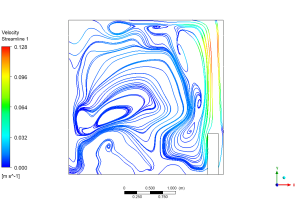
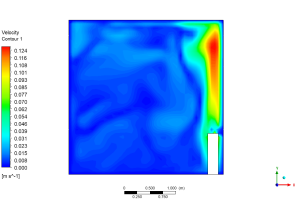
Figure 3: Buoyancy-driven flow due to heater and natural convection in a room
This rising plume of hot air has a direct and predictable “effect” on the entire room’s environment. As the hot air reaches the ceiling, it spreads out, transfers some of its heat to the ceiling, and begins to cool down. As it cools, it becomes denser and heavier, causing it to sink along the cooler outer walls. It then gets pulled back toward the heater at floor level, completing a massive, room-scale circulation loop. The streamlines perfectly illustrate this natural convection loop, revealing the large, swirling patterns that are responsible for mixing the air. This loop directly creates the temperature distribution seen in Figure 4. The result is thermal stratification, where warmer air (orange/yellow, around 301.5K) collects near the ceiling and cooler air (blue) stays near the floor. The most significant achievement of this Heater CFD analysis is the clear demonstration of how a simple, localized heat source (the cause) generates a powerful, self-sustaining natural convection loop (the effect), which in turn governs the complete airflow pattern and temperature distribution that defines the thermal comfort of the entire room.
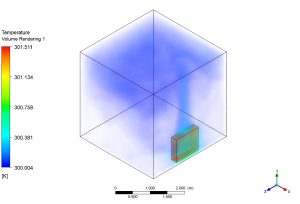
Figure 4: Temperature field around the heater in the room
We pride ourselves on presenting unique products at CFDLAND. We stand out for our scientific rigor and validity. Our products are not based on guesswork or theoretical assumptions like many others. Instead, most of our products are validated using experimental or numerical data from valued scientific journals. Even if direct validation isn’t possible, we build our models and assumptions on the latest research, typically using reference articles to approximate reality.
Yes, we’ll be here . If you have trouble loading files, having technical problems, or have any questions about how to use our products, our technical support team is here to help.
You can load geometry and mesh files, as well as case and data files, using any version of ANSYS Fluent.
€135 Original price was: €135.€85Current price is: €85.

€130 Original price was: €130.€85Current price is: €85.

€140 Original price was: €140.€65Current price is: €65.

€330 Original price was: €330.€175Current price is: €175.

€160 Original price was: €160.€75Current price is: €75.

€280 Original price was: €280.€145Current price is: €145.



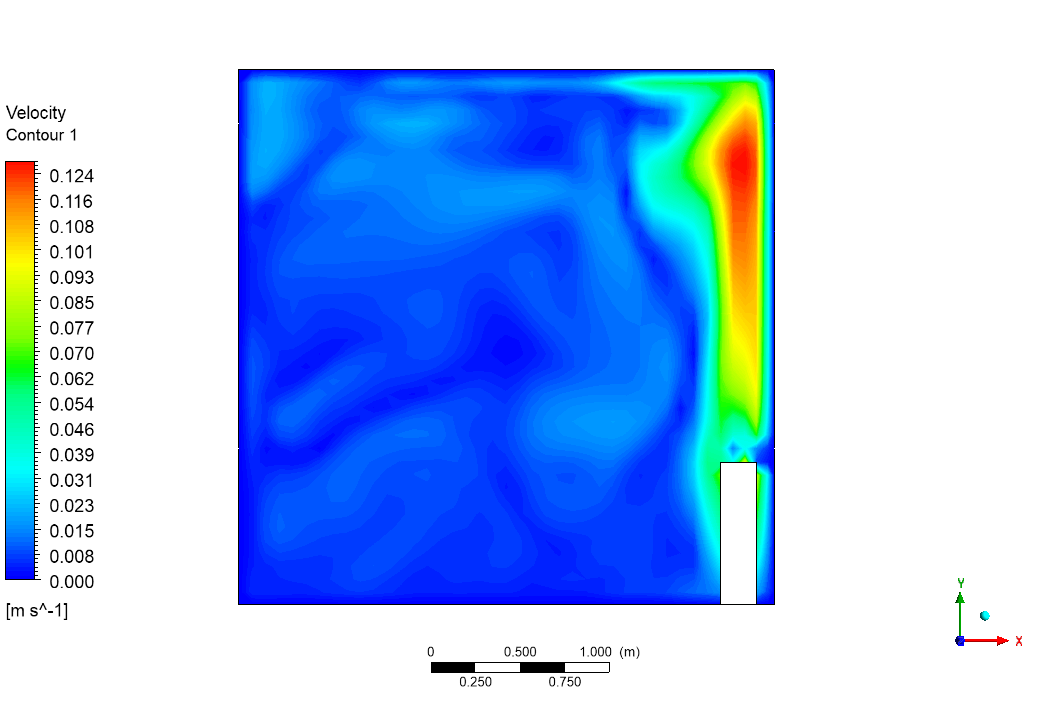
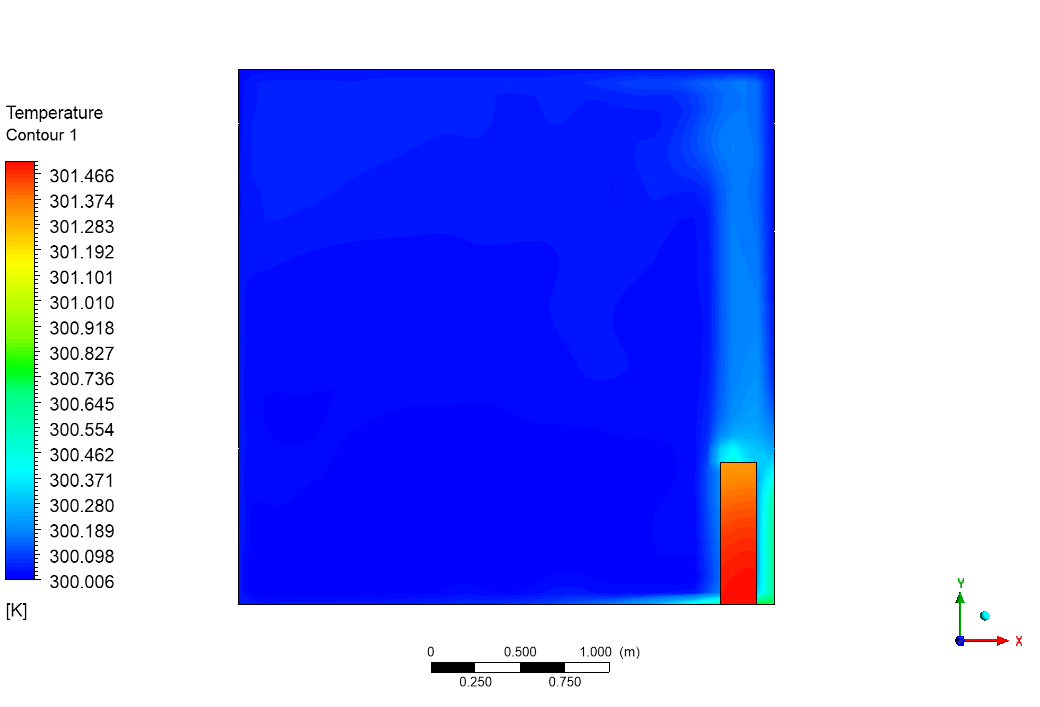
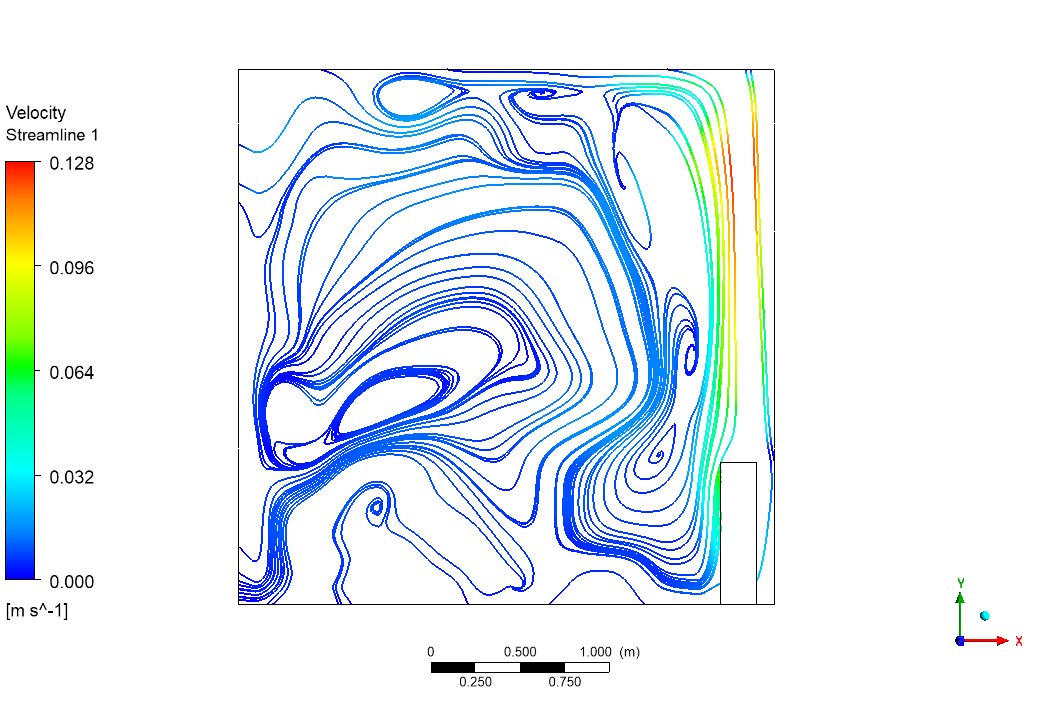
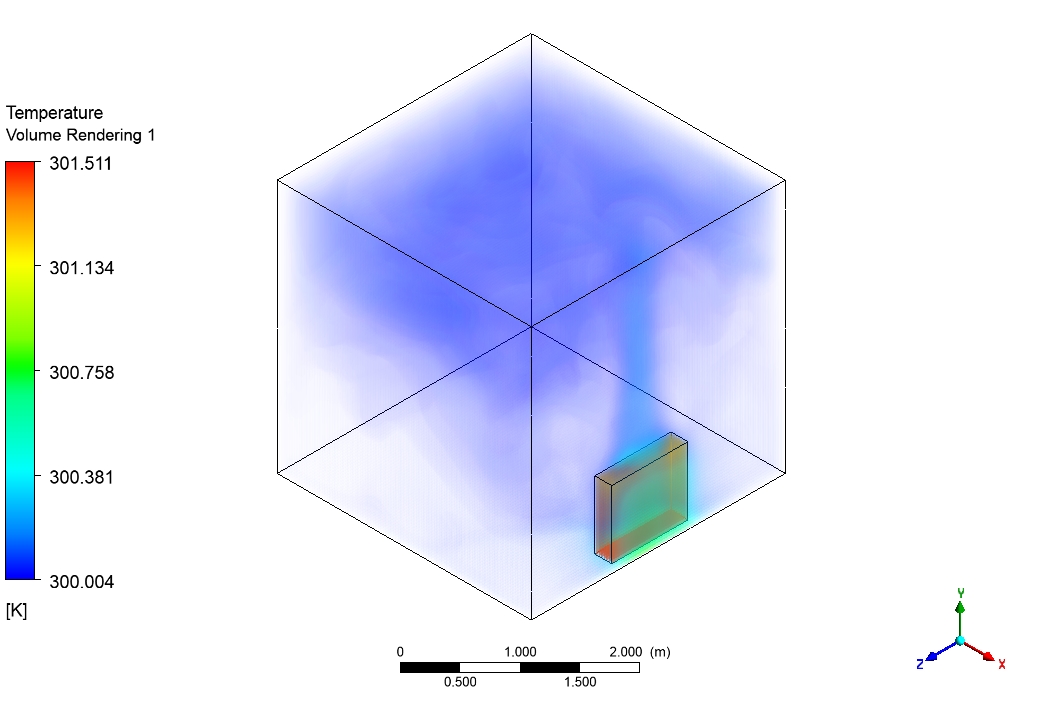






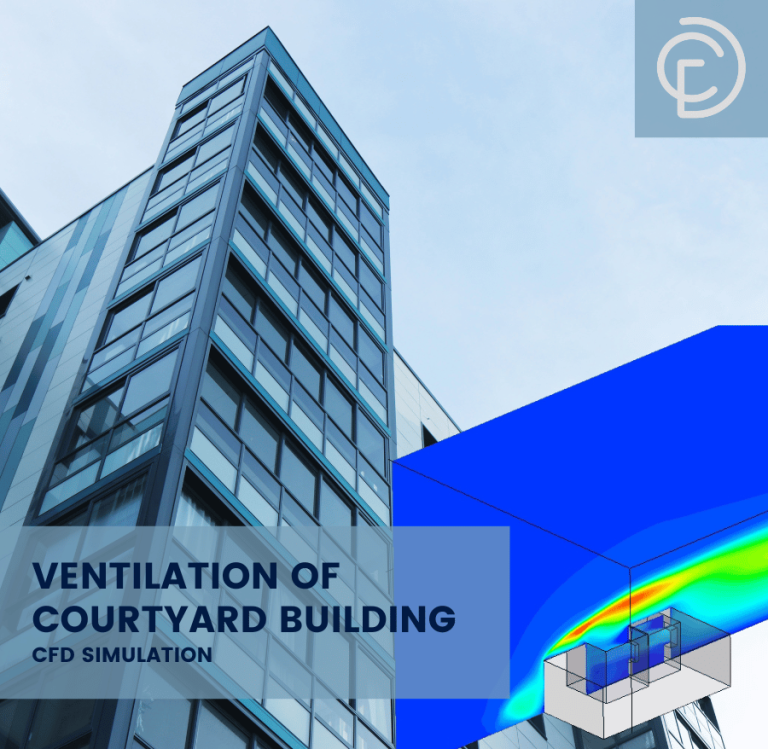
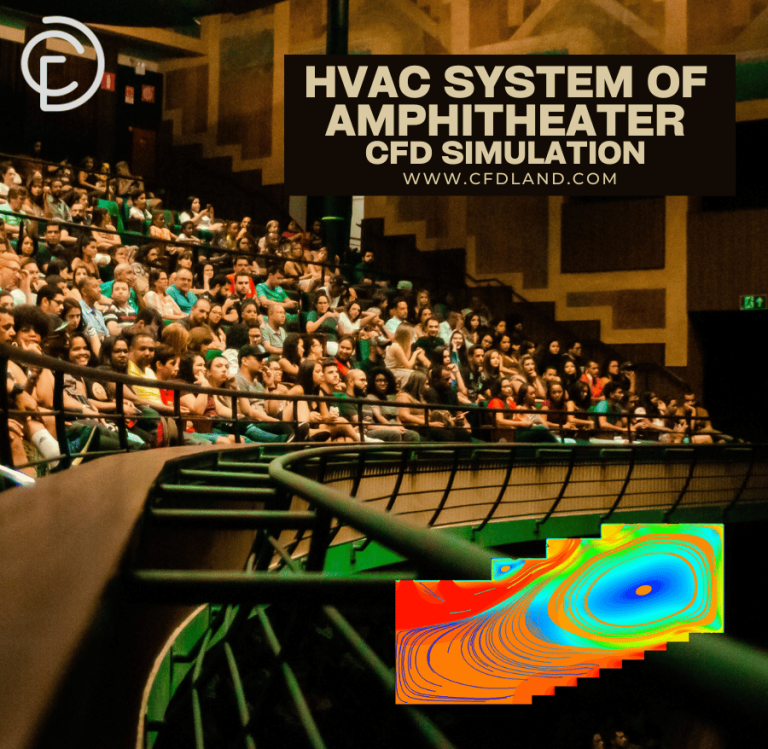



Reviews
There are no reviews yet.